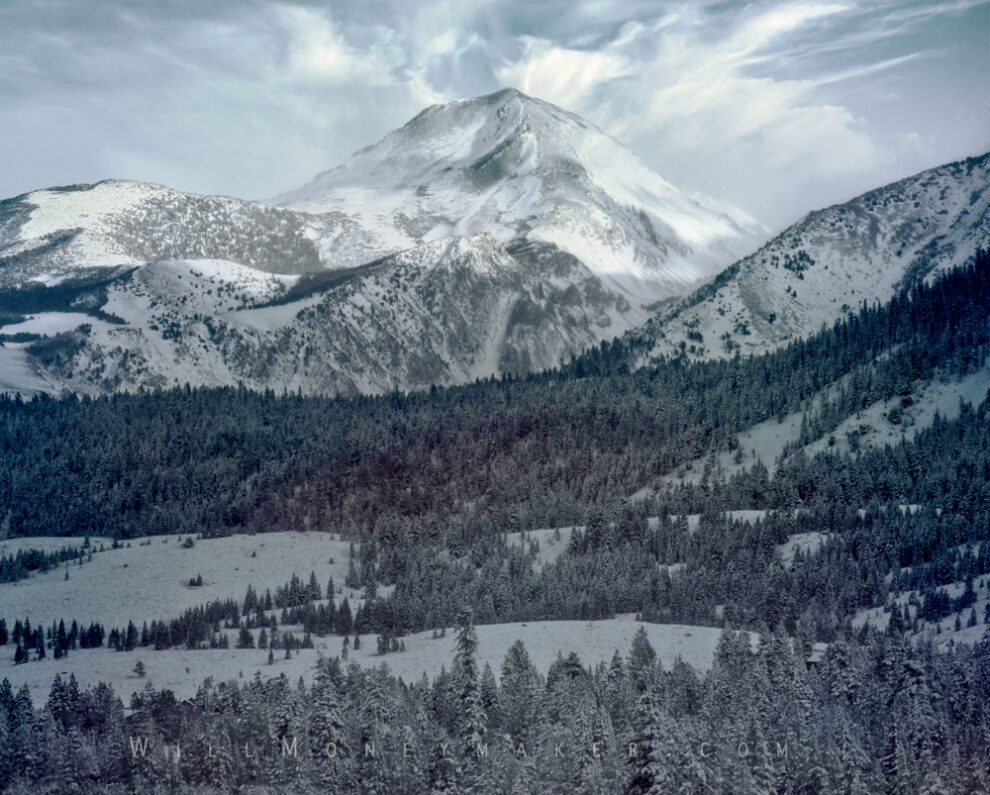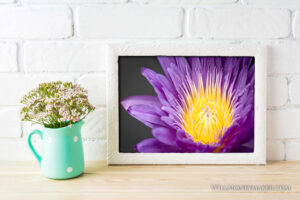As artists, do we have an obligation to explain our art to the world? There’s a shocking amount of debate in this. We can see it in the way some artists—like the famous Banksy—create completely anonymously, while others refuse to so much as give a title to their work. In the meantime, other artists might speak or write at great length about what they’ve created. So what’s the real answer?
On one side of this debate, you have the people who believe that art should be completely interpretive. They argue that an artist should never have to say anything about that work, and that in fact, artists who do explain their motivations or inspirations are doing a disservice to their audience when the audience should be left completely free to form their own opinions.
It’s similar to when you see a photograph called “Untitled.” Maybe it’s a sorrowful scene or a joyful one—the point is, the photographer probably didn’t want you to infer that or anything else from the title, which is why he left it as “Untitled” so as not to interfere with your experience.
On the flip side of that? We have great works like Robert Frost’s famous poem, “The Road Not Taken.” Without an explanation, that poem became the most misinterpreted poem in the world, and it wasn’t until Frost himself explained that he wrote it as a joke for a friend that people began to see what he’d truly intended with those words. Without that? None of us may ever have seen that additional layer of meaning.
And that’s why I stand somewhere in the middle of this debate. I don’t think there is a right answer or a wrong answer as to how much we should explain our art—though I definitely think the belief that it should never be explained is not quite right.
The thing about being an artist is this: We literally train ourselves to see the world in ways that no one else sees it. That’s why, when you watch photographers at work, you’ll see them spending hours walking around, not taking any pictures. Because they’re getting to know their surroundings, and they’re seeing things with their own unique perspective that they’ve spent years honing to be sharp. So to my mind, it’s perfectly natural and normal to sometimes say something extra in order for others to understand what it is that we want to convey. There’s nothing wrong with a title or even an essay—it’s all at the artist’s discretion. If you feel it needs to be said, then say it, or not, if you don’t.
Of course, this isn’t to say that we must explain every last detail about a photograph, or that we need to write entire tomes about our body of work so that there is no possible way for people to get any meaning beyond what you intended. After all, part of art is allowing viewers to interpret things in their own way. At the end of the day, it’s a careful balance. Give enough to get people interested, and let them take what they will. Art can and should have many meanings, and the intent of the artist? If you express it beyond the art itself, then, in my opinion, that’s a valuable thing because it adds an extra layer of complexity to the work in addition to what the viewers take from it without your input. It can go both ways with the audience and the artist offering additional interpretations beyond what is within the print.





